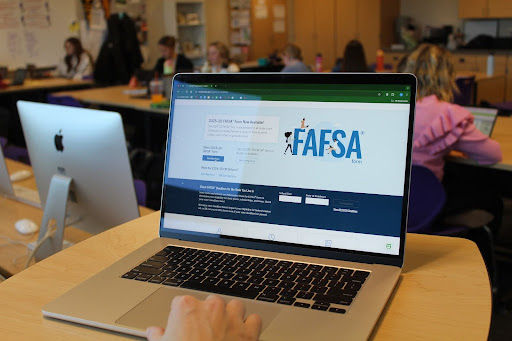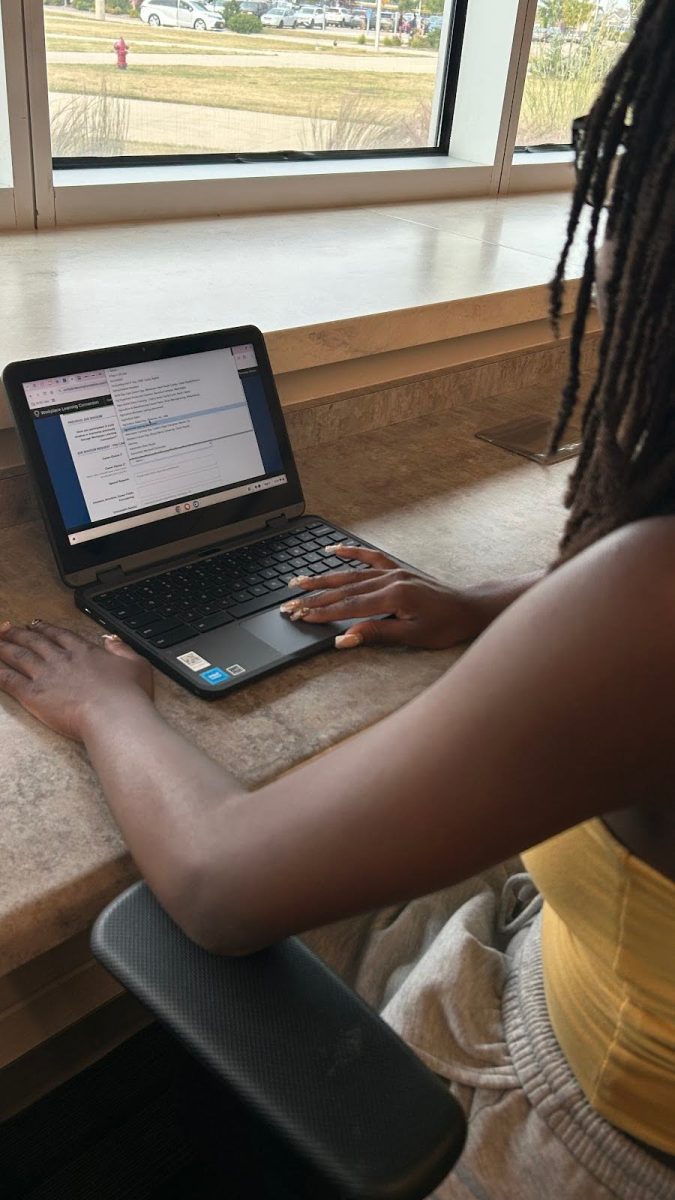
As many upperclassmen begin to look into their options for college, one question is prominent: how are they going to pay? The costs to cover tuition, housing, dining and other fees add up quickly, often leaving students feeling overwhelmed with the prospect of financial burden. Fortunately, there are many resources available to help Liberty students.
Scholarship applications begin opening for students in their junior year but should be focused on primarily throughout their senior year. Requirements for scholarships vary, as some are based on merit while others are based on specific skills or experience. They typically require some combination of essays, references, resumes and general personal information.
It’s recommended for students to primarily focus on local scholarships since they’ll have fewer applicants to compete against and therefore have a higher chance of winning. When applying for any scholarships, search engines like Xello will help to find scholarships based on a student’s specific personal information. Once a student has applied to colleges, they can apply for general scholarships for each specific school they’ve applied for, which are found on their application portal page. There’s no limit to the amount of scholarships that students can apply for.
“It’s worth your energy and efforts to apply to anything you think you qualify for,” said Kayla Strand, Liberty College and Career Transition Counselor.
An option that all students can take advantage of is the Free Application for Federal Student Aid (FAFSA). The application typically becomes available in December and students can start applying during their senior year. They will need to reapply each year that they’re in college. Most families qualify for some sort of financial aid through FAFSA, so it’s always worth the effort to apply.
Through FAFSA, students can find out what kinds of merit-based loans they qualify for. Primarily, students will either qualify for federal subsidized loans or federal unsubsidized loans. The main difference between the two is that subsidized loans don’t charge interest while the student is in college, so it typically ends up being less money that the student has to pay back. If a student doesn’t qualify for federal loans, then their next option is private loans. Private loans aren’t need-based and are less favorable since they tend to have higher interest rates and less flexibility.
There are numerous resources for students navigating how they will pay for college. A great option for Iowans is ICAN, which provides advisors to help students of all ages apply for student aid and plan for college and their future careers. Students can also always set up a meeting to talk to a counselor at school for advice regarding college plans.










